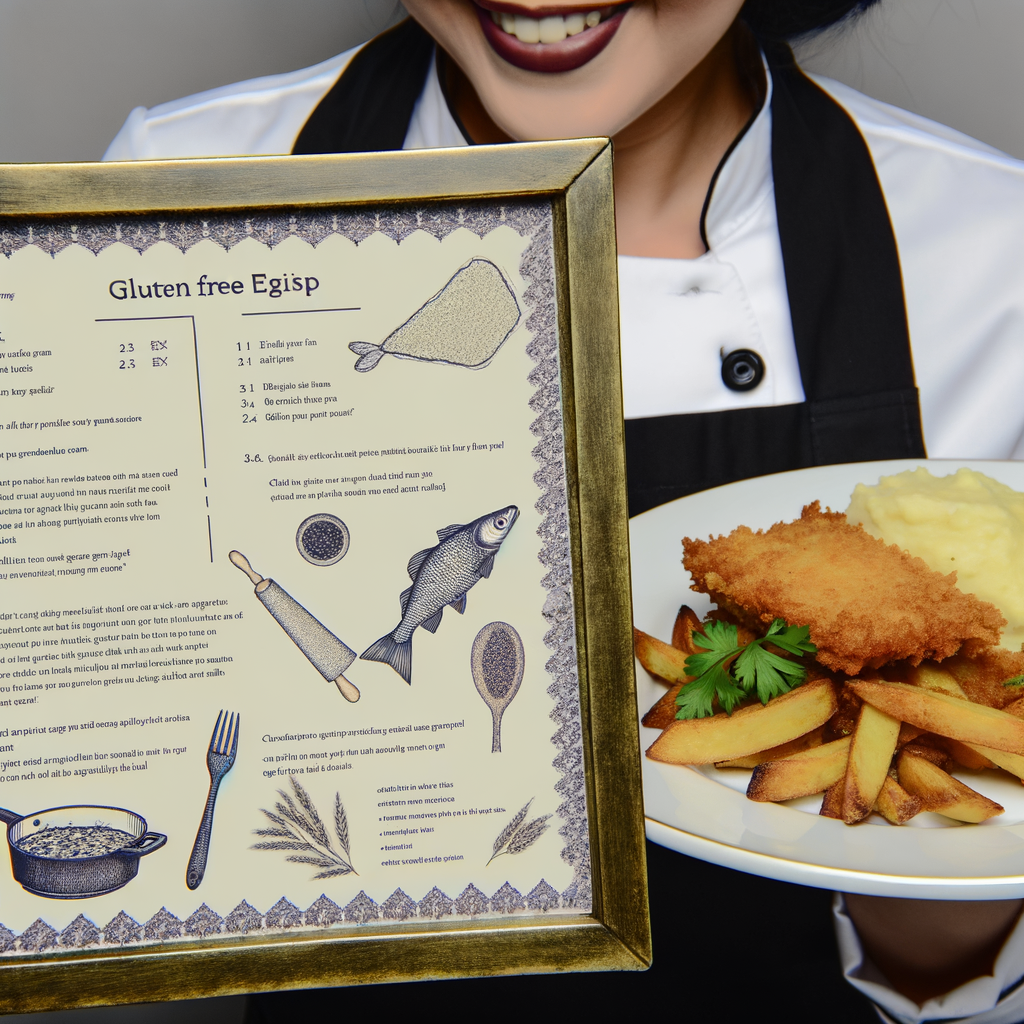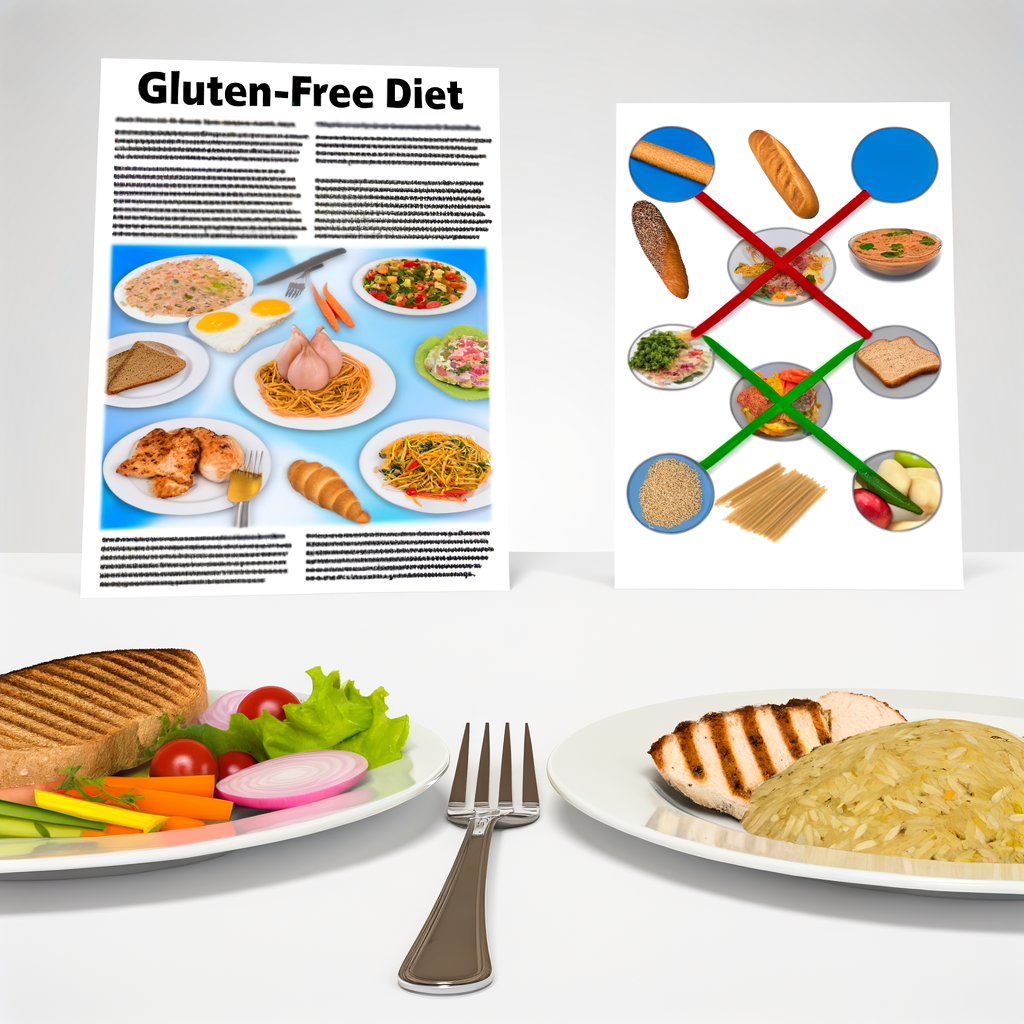For many people, following a gluten-free diet is not a choice, but a necessity. Gluten, a protein found in wheat, barley, and rye, can cause serious health issues for those with gluten intolerances or Celiac disease. As a chef, it is important to understand and accommodate for dietary preferences, including gluten-free options, to provide a satisfying dining experience for all guests.
Fortunately, there are plenty of delicious and creative ways to offer gluten-free dishes. Traditional British cuisine, known for its hearty and comforting dishes, may seem difficult to adapt to a gluten-free diet. However, with a few simple ingredient swaps, dishes like fish and chips, meat pies, and even Sunday roast can be made gluten-free.
One key ingredient to watch out for is wheat flour, often used as a thickening agent or coating for fried foods. Swap wheat flour for gluten-free alternatives like rice flour, cornstarch, or almond flour. For the batter in fish and chips, try using gluten-free beer or sparkling water to achieve the same crispy texture.
Another important factor to consider is cross-contamination. Even if a dish is made with gluten-free ingredients, it can still become contaminated if prepared in the same kitchen as gluten-containing dishes. To avoid this, use separate utensils, cookware, and preparation areas for gluten-free dishes.
In addition to traditional British dishes, there are many international cuisines that naturally offer gluten-free options, such as Indian, Mexican, and Thai. Keep an open mind and explore new and exciting flavors in your gluten-free dishes.
As a chef, it is our responsibility to provide a safe and enjoyable dining experience for all guests, including those with gluten-free dietary preferences. By understanding the basics of gluten-free cooking and being creative with ingredients, we can offer a diverse and delicious menu for all to enjoy.





